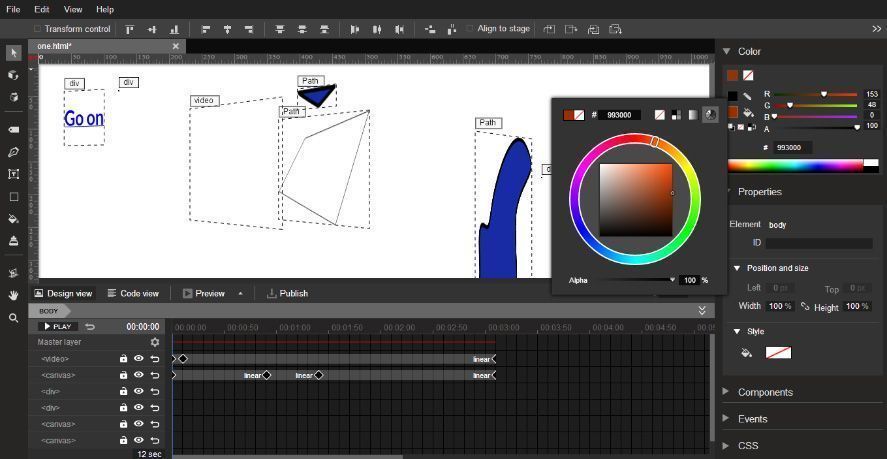The news may have passed unnoticed by many, but we’re currently experiencing a super-important moment in web development. The so-called World Wide Web Consortium (W3C) is an organization born in 1994 whose main function is to standardize the technologies governing the web, covering all sorts of providers, sellers, and developers around the world. Thus, the fact that they have officially announced their recommendation to use HTML5 as standard might prove to be the coup de grâce for other technologies that are more tricky to bring to par. Did someone say Flash?
The advantages of HTML5 over other multimedia standards are enormous, offering native multimedia capacities on browsers with no need to integrate external tools. We’re talking about those times were it was (and in many cases still is) necessary to install external players or viewers like Apple’s QuickTime, Adobe’s Flash, Unity for video games, the inevitable virtual machine from Java, or the unsuccessful Microsoft SilverLight. A dinosaur cemetery that, as we’ve seen in recent times, only results in security breaches and conflicts over segmentation between software and hardware.

For the web developer this is excellent news. The fact that you can program apps capable of playing video, audio, and vector graphics without using plugins or external modules, regardless of what platform you’re on, is a huge relief for developers as well as very liberating to users. Examples? There’s loads!
In the field of game development, suites like GameMaker or Construct2 can export projects in HTML5, meaning they can be run on any browser and thus become, for all practical effects, multiplatform applications. This means that the future of games on PC browsers will inevitably lead to conversion to HTML5. Many games use it alongside WebGL in Chrome to run on that browser, including the peerless Angry Birds to ports in the form of technical demos of classics like Quake II.
But focusing on what’s really important, web development will also inevitably have to pass for its conversion over to HTML5/CSS3. Look no further than Google, which recently launched its free Web Designer tool to create dynamic sites and ad banners using this standard. It can also be perfectly implemented in the majority of the most-used IDEs such as Eclipse, NetBeans, or Aptana Studio.






